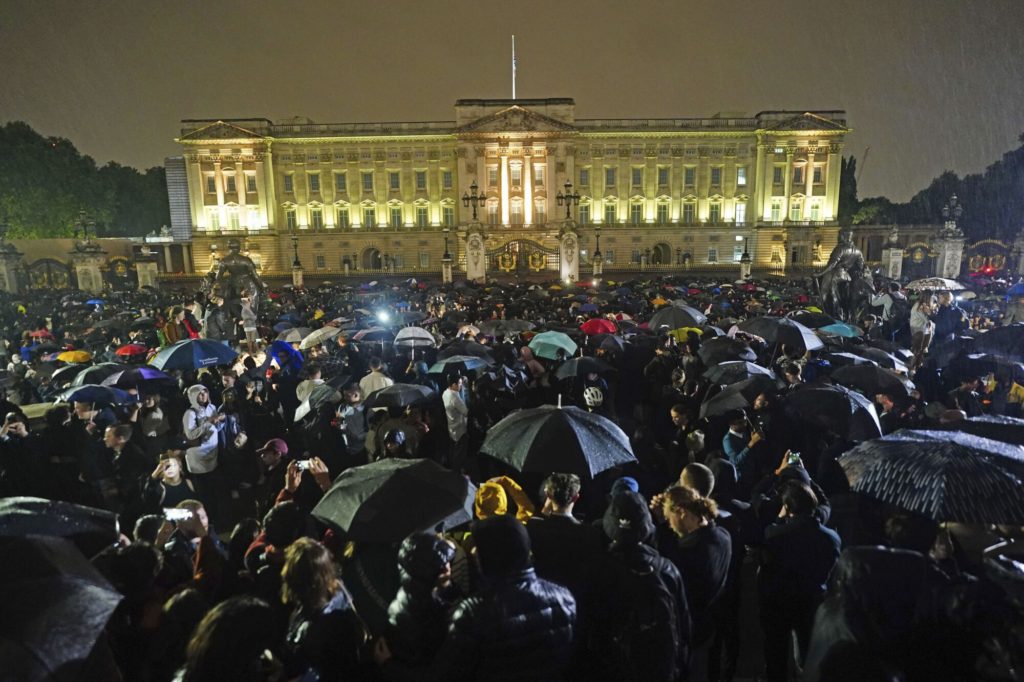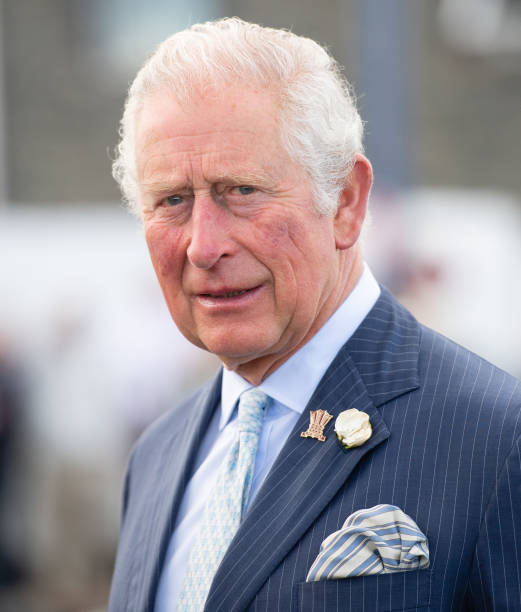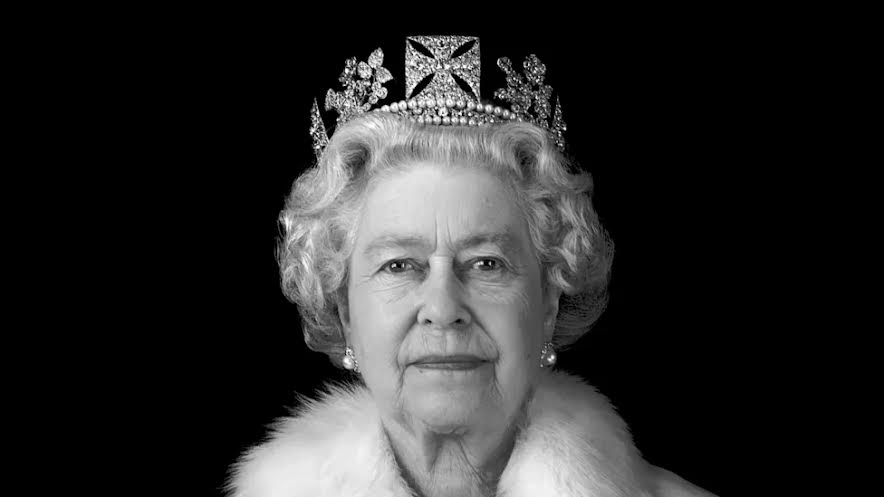Queen Elizabeth II, Britain’s longest reigning monarch, died on September 8 at her Balmoral Estate in Scotland at 96. Her passing marks the end of a more than 70-year reign, and the beginning of a period of mourning for the United Kingdom. The beloved monarch will remain in Scotland, as determined by a funeral plan dubbed Operation Unicorn, before being transported to London on the Royal Train from Edinburgh Waverly Station.

Immediately following the passing of his mother, the heir apparent, Charles, assumed the role he has prepared for his entire life: King Charles III.
Elizabeth took the throne in 1952 at just 25 years old after the death of her father, King George VI. She became a living symbol of national pride as the United Kingdom rebuilt itself from the devastation of World War II, navigated economic challenges, and more recently became a voice of reassurance when the United Kingdom left the European Union in 2020.
“People respected her because of her commitment to the nation, her sense of duty, and simply the fact that she was a steady, calm presence during some very turbulent times,” Professor Jim Dahlman said.
Dahlman is a professor of communications at Milligan who lived in England for five years as a minister in Wigan, a small town between Manchester and London. While he expressed that the queen did not directly influence his daily life in Wigan, she was a constant presence in the background.
“I saw her popularity and influence in person on the day she came to Wigan to open a new attraction,” he said. “Thousands of people crowded around the rail station to welcome her and get a glimpse of her. She was a human magnet. I think it was how she carried herself as queen that was the real attraction.”
For many, Queen Elizabeth brought a sort of humanness to the royal family. She modernized the monarchy through social appearances, televised broadcasts, and more intimate interactions with crowds. She was living history, a gracious figurehead, and a constant the public could depend on.
“She was a tremendous source of pride for the British people,” Dr. Dillon said. Dillon has been a longstanding professor of history and humanities at Milligan and noted that it was her “good humor and charisma,” that played a part in her popularity as a monarch.
As global outpourings of grief continue, the detailed procedures for her funeral have already commenced:

- The queen’s coffin will be moved from the Balmoral Estate to the Palace of Holyroodhouse in Edinburgh.
- It will then be moved in procession to St Giles Cathedral where it will remain for one day.
- The coffin will be transported to London on Tuesday, September 13 to lie in state at Buckingham Palace to allow public mourners to pay their respects to the royal.
- The state funeral will take place at Westminster Abbey in London, with the current rumored date being Monday, September 19.
- The queen will be laid to rest in the King George VI Memorial Chapel at Windsor Castle.
In the following days, both the United Kingdom and the Commonwealth of Nations will not only be mourning their adored queen, but also directing their attention to the new monarch.
Though officially king, the coronation ceremony for King Charles III may still be months away. With this appointment, the royal family will undoubtedly experience many changes, including adjusting to the public’s view of the former Prince of Wales to King Charles III.
Headline photo from Jersey Heritage Trust.

